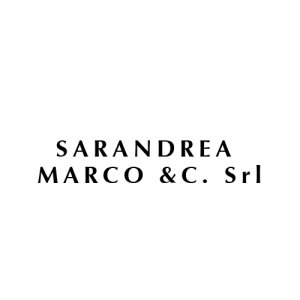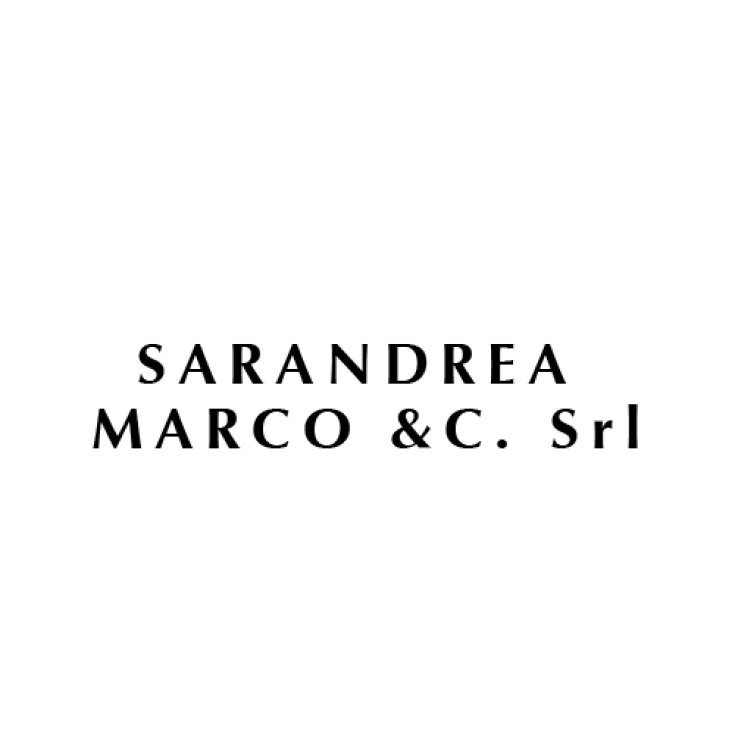Echinacea Purpurea Drops 60ml

- Brand: SARANDREA MARCO &C. Srl
- Product Code: 911171674
- EAN: 8015127208101
- Availability: In 10 - 14 Days
- Purchase 3 items for 12.51€ each
- Purchase 4 items for 12.26€ each
- Purchase 5 items for 12.00€ each
Echinacea Purpurea
Drops
Family: Compositae
Species: Echinacea purpurea Moench.
Habitat: Southeastern United States.
Part used: Whole fresh flowering plant
Harvest period: Late spring.
Perennial herbaceous plant up to about 100-120 cm tall with large flowers with intense rosy tending petals
to purple surmounted by an acute and sharp hemispherical flower head.
Curiosity and tradition
The name of the species is an evident reference to the color of the petals while the name of the genus derives
from the Greek “echinos” = sea urchin as a clear reference to the flower head surmounted by quills.
In popular use, echinacea was widely used among the American Indians where it came from
used, more than any other plant, as a remedy for numerous ailments including infections, toothaches, joint pains and as an antidote to rattlesnake bites.
Active principles:
Polysaccharides, Flavonoids, Derivatives of caffeic acid (echinacoside), Essential oils (0.2-0.6%), Polyacetylenes, Alkamides (cause a tingling sensation on the tongue due to their mild anesthetic effect) etc. From the point of view of immunostimulating properties, polysaccharides are important, in particular inulin (5-6% in the root of E. Angustifolia) and high molecular weight polysaccharides contained in the aerial part of E. purpurea
Effects
Tissue regeneration and anti-inflammatory
Polysaccharides and echinacin stimulate tissue regeneration and reduce inflammation with
a mild cortisone effect due to the increased secretion of corticosurrelanic hormones.
It also stimulates the growth of fibroblasts and the synthesis of glycosaminoglycans and therefore promotes
wound healing.
Immunostimulants
It is the most characteristic action of this plant and is a property common to both Echinacea purpurea
that angustifolia (species that possesses the same properties but with different distribution of the individuals
active principles). There is still a controversy on the use of one or the other species but it seems that, in
generally, we orient ourselves towards the purple species. In principle, at least for this effect,
the whole plant of E. purpurea (aerial part and roots) or the root of E.angustifolia would seem preferable.
Antivirals
Derivatives of caffeic acid, polysaccharides and some other active ingredients contained in the whole plant can block the viral receptors of the cell surface and inhibit the hyaluronidase responsible for the increase in permeability of the connective tissue and therefore a greater predisposition to viral invasion.
Internal use
Hydroalcoholic solution
Indications :
Prophylaxis and treatment of influenza syndromes, chronic bronchitis, acute infectious states e
chronic, prostatitis, infectious mononucleosis.
Dosage :
30-40 drops in a little water three times a day between meals.
In prolonged and continuous use, carry out cycles of eight weeks interrupted by a week's break.
External use
Hydroalcoholic solution diluted to 10% in water or 10% in ointment.
Indications :
All affections of the skin (wounds, ulcers, psoriasis, sores, dermatitis, etc.) and of the oropharyngeal cavity.
Dosage :
Apply on the part or rinse with the mouth (in the case of the oropharyngeal cavity) several times a day.
Warnings and side effects:
Not reported at least at the indicated doses.
Regulations :
Echinacea purpurea and angustifolia are included in table B of the plants allowed in the formulations of food supplements based on plant extracts and with the following physiological indications:
Natural defenses of the organism and well-being of the urinary tract, functionality of the upper respiratory tract.

